How Montana Fought World War I
As the Great War shook the world, Montana felt more impact than most states. WWI was at the nexus of political and immigration issues, labor strife, and a deadly pandemic, as well as the beginning of a prolonged drought that shaped one of the most tumultuous times in our history.
For our family, it's more personal, yet it requires a bit of digging to realize the impact of those who served. Since moving to Great Falls, my husband's hometown, the story surrounding his great-uncle, Royal A. Caulfield, passed down from our generation to the next. We even gave our youngest son the middle name Royal as a nod to his sacrifice. When delving into this initially family-related research, it immediately became apparent there is so much more to the story involving all of Montana.
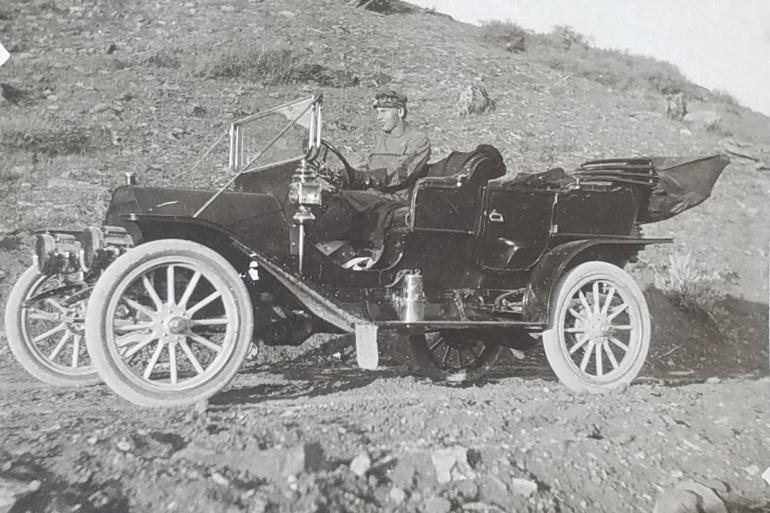
Photo from Amy Grisak
Setting the Stage
Montana was a maelstrom of turmoil during this era. On April 2, 1917, Jeannette Rankin, the first female earning a seat in the House of Representatives, stepped into office the same day President Woodrow Wilson called for a declaration of war against Germany. She stood firm against the action, yet her voice from Montana was not enough to stem involvement.
Following the vote, men volunteered and were drafted, resulting in 17 percent of men between the ages of 18 and 44, approximately 40,000 in total, sent to serve.
"Montana had a huge impact on the war," said Ken Robison, historian and author of World War I Montana: The Treasure State Prepares and Montanans in the Great War: Open Warfare Over There, explaining that an inaccurate population count skewed numbers. "We wound up with a draft quota over 25 percent of what it should have been."
To complicate matters, roughly two-thirds of Montana's population was made up of immigrants or children of immigrants. "A lot of them were native Germans," said Megan Sanford, archives administrator at the History Museum in Great Falls. "Some of them wanted Germany to win." Finnish socialists and Irish nationalists also wanted no part in the war.
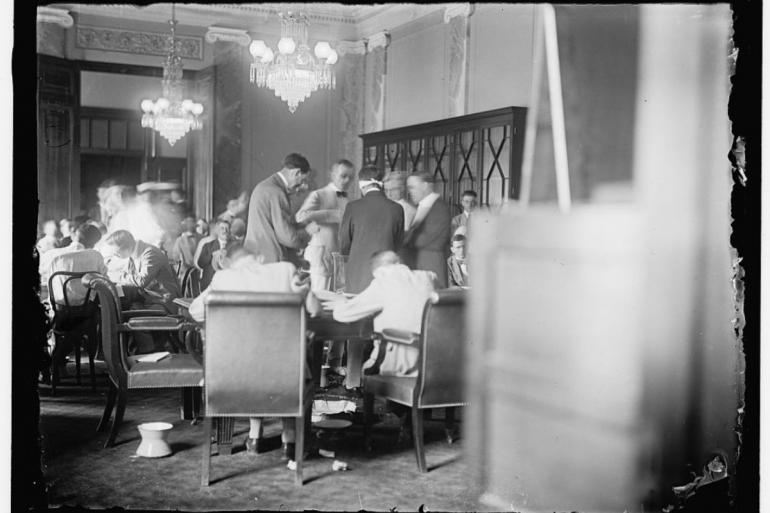
Photo Source: Library of Congress
Labor issues, which had bubbled over for years surrounding the mines in Butte, added to the tension. Strikes and strikebreakers, whether in the mining and smelting industries or dealing with timber in the Kootenai Valley, were common.
By 1918, the first wave of the Spanish flu, named as such because journalists in the militarily neutral country of Spain were free to report on the epidemic, was reported in Scobey, quickly spreading throughout the state. By the end of the war, more servicemen died of the flu (369) than from battle, and approximately 5,000 people, one percent of Montana's population, succumbed to the illness.
And while no one realized it at the time,1917 was the first year in a five-year drought cycle resulting in losing nearly half the homesteaders and ranchers in eastern Montana, totaling over 200,000 people. And on December 31, 1918, Montana opted for Prohibition a year earlier than the federal ban on alcohol, further harming farmers.
"An entire industry that took wheat and barley suddenly did not exist," said Sanford.
Although the war effort helped bridge this gap for grain crops for a couple of years, by 1919, Montana farmers and ranchers were in dire straits. Sanford said that was the year that almost killed Montana. "WWI came in a particular time that was the start of a cascade of issues that were tough for Montana," she said.
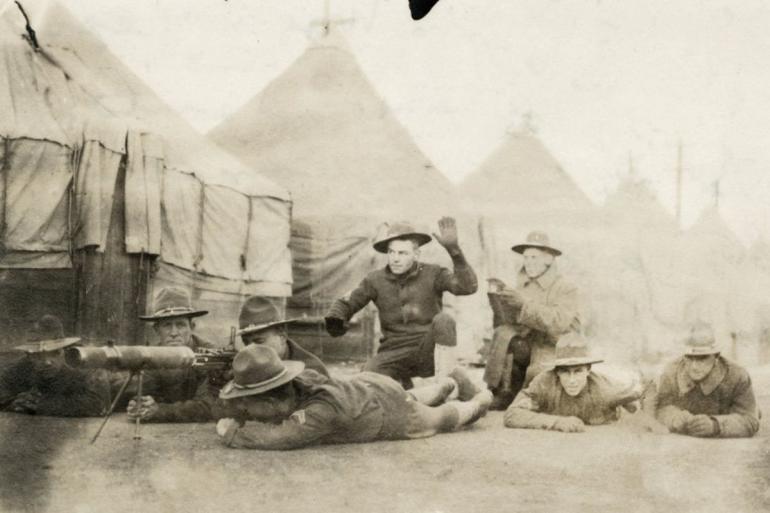
Photo Source: Montana Memory Project
Montana Sends its Young Men
Understanding this background creates a better understanding of the sacrifices of families throughout Montana, including my husband's family. While Royal Caulfield received the glory, even having the VFW Post 1087 in Great Falls named in his honor, it's arguable that his parents, Helen and A.E. Caulfield, gave the greater sacrifice with all four of their sons serving.
In part of the WWI exhibit at the Great Falls Museum, "Remembering the Doughboys of Cascade County," the section, "The Caulfield Family Waits," features the headline from the Great Falls Tribune, "Four Stars, One of Gold," which tells the story of all four brothers and their contributions. As with many soldiers during this time, Royal Caulfield regularly wrote home, yet it took nearly half a year before the confirmation of his death during the Battle of Chateau Thierry in July 1918 reached his parents. His honor is not necessarily because of his personal sacrifice but due to the Caulfield family's dedication to the cause.
This was also an age that shaped the mettle of many individuals, including renowned Montana statesman Michael J. Mansfield. Living with his aunt and uncle in Great Falls beginning at the age of seven, Mansfield was the epitome of a problem child, constantly in trouble at school and with local law enforcement. After initially being turned down trying to enlist in the Army at the age of 14, Mansfield altered his birth certificate to read 1900 instead of 1903 and joined the Navy. After his honorable discharge from the Navy, he joined the Marines, which shaped his interest in Asia throughout his illustrious political career.
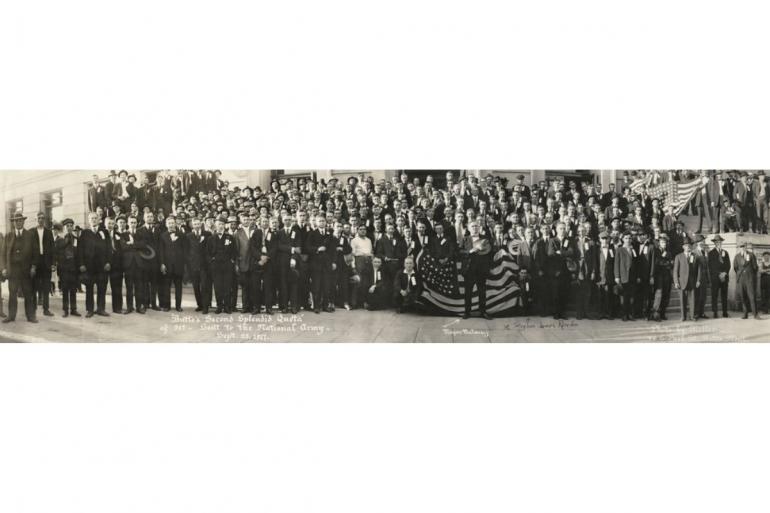
Photo Source: Montana Memory Project
Women in the Action
As with many early conflicts, women were found near the front lines as medical personnel, either through the Red Cross, or as part of the military, although they were not recognized for their service until after WWII. One Montana girl was Fort Benton's daughter Virginia Flanagan who was trained at the Columbus Hospital in Great Falls. She was the first nurse in Montana to enlist, and served nearly two years as part of the Red Cross Military Hospital in France, where she witnessed the red sky and booming cannons of the Battle of Chateau Thierry, and, fortunately for us, wrote extensively of her experiences during the war.
While nurses made up the bulk of women involved in the conflict, Robison said, "A fair number of Montana women served in non-military ways in the military." One of the most intriguing examples is the "Hello Girls." Because the French telephone system was in complete disarray after years of bombing and turmoil, Army General John J. Pershing, commander of American Expeditionary Forces in World War I, hired women who could speak and write fluently in English and French as the Signal Corps Female Telephone Operators.
These valiant operators kept communication flowing despite working along the front lines in shelled-out buildings. In one situation, a German prisoner kicked over an oil stove, starting a fire that tore through eight buildings. The switchboard operators continued their work until their building was about to catch fire, and they were threatened with court martial. As soon as the fire was extinguished — even though the building was still smoking — they were back at what remained of their posts.
Of the 7,000 young women who applied as these "Switchboard Soldiers," as General Pershing called them, Merle Egan of Bozeman, who was chief operator of Mountain States Telephone and Telegraph Service, became one of the five Montana women who served. She also held the honor of working a switchboard during the Treaty of Versailles.
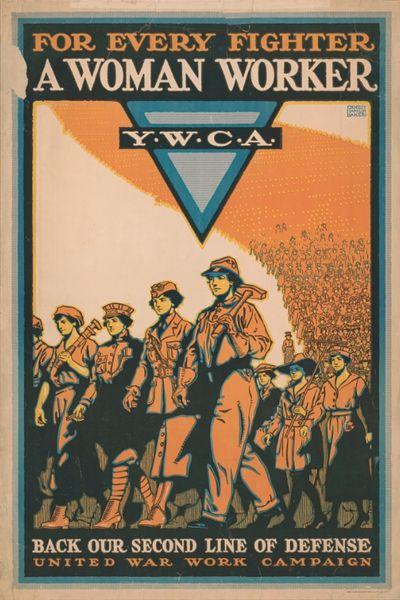
Photo Source: Library of Congress
Native Sons and Daughters Serving on the Front
"At that point (when we entered the war), the U.S. had not made Indians citizens," said Robison. "This was their chance to prove themselves to the country and strive to become citizens."
In this head-scratching logic of the time, because Indigenous people were not considered Americans, only 174 Natives from Montana are known to have served, including Blackfeet tribal member Private Jerome Kennerly who survived the sinking of the Tuscania in 1918 that killed 10 Montanans.
Along with the small number of women overall serving as nurses, two Montana Native American nurses stepped up to assist the war effort, including Louise LaFournaise, a Little Shell member raised near Opheim. After the beginning of her long and book-worthy life, LaFournaise enlisted with the U.S. Army Corps in 1918 and served in France, receiving multiple service awards. An enrolled member of the Confederated Salish and Kootenai Tribes, Missoula resident Regina McIntyre also served in four Army hospitals in France during her time overseas.
![[Chief] Bald Eagle on RECRUIT](/sites/default/files/styles/max_width_770px/public/2022-10/untitled_design_53.jpg?itok=oXaiAxfU)
Photo Source: Library of Congress
Very Different Outcome for the Black Soldiers
Conversely, Robison wrote, "Montana's African Americans were drafted and served at a disproportionately high rate – more served (198) than from Washington State (173), yet Montana's black population was less than one-third that of Washington's."
Robison said there were two divisions that went overseas. "Pershing gave the 93rd (Infantry) to the French." Named the American Foreign Legion, they were equipped with all the necessities of a French soldier. They fought exceptionally well, and the 370th Regiment, which included Lieutenant Charles H. Conley of Havre, were called "the Black Devils" by the Germans due to their fierce reputation. As the last regiment to run the Germans out of France, the 370th was recognized for their distinction on the battlefield. Upon returning to Montana, Lieutenant Conley lived in Great Falls and is buried in the veterans' section of the Highland Cemetery.
But not all of the black troops were permitted to serve with such honor, as the 92nd Infantry was tasked more with non-combat roles. Robison said, "Some made it into combat." Yet, the majority of this group worked as longshoremen and other menial support jobs.
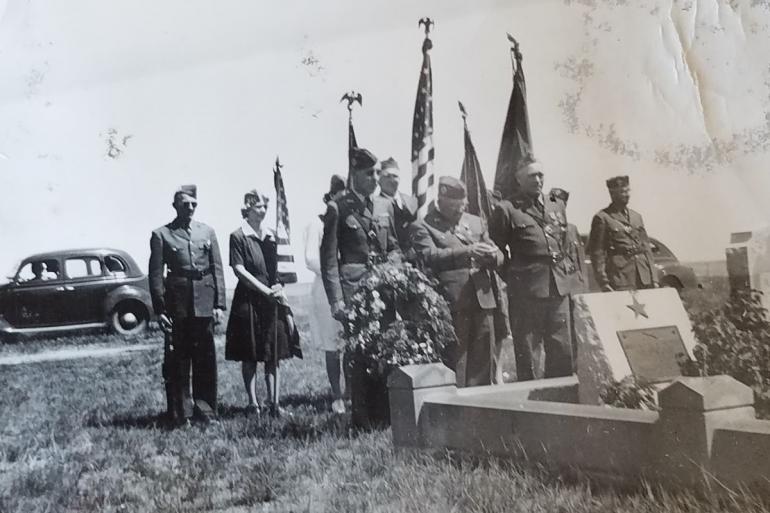
Photo Source: Amy Grisak
Rallying the Home Front
Many of those who couldn't serve in the military supported the troops from home, such as famed Western artist Charlie Russell and his industrious wife, Nancy, who worked tirelessly helping orphans from France and Belgium, along with raising money and gathering clothing for the effort.
Charlie equally supported the campaign by being a presence in fundraisers and donating artwork, such as when he offered two watercolor paintings to serve in advertisements for the Federal Food Administration to ensure adequate food resources reached the troops and the starving post-war residents of Europe. Hinged upon the concept, "Food will win the war," the newly appointed head of this agency, Herbert Hoover, urged conservation, particularly for wheat, meat, and sugar, to have enough to prevent further conflict in Europe once the fighting ceased.
The Great War might seem like ancient history, yet besides shining a light on our family's stories, it opened my eyes to the harsh realities of this time period for all of Montana. This era tested the mettle of those who served, whether on the front lines or in support of those in the thick of the action. It's worth further study to appreciate the era and the people of this war that unfortunately did not end all wars as it was hoped.
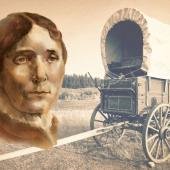




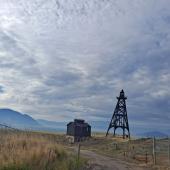




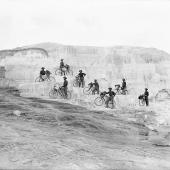

- Reply
Permalink